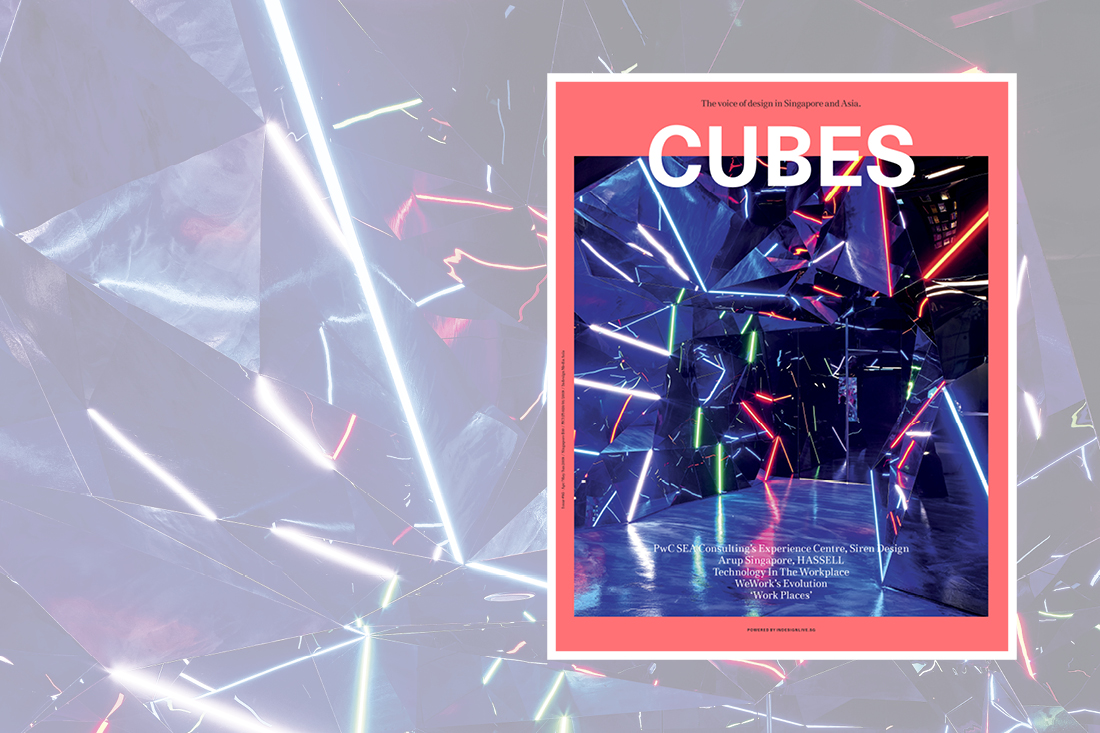
What do we need to carry out work today? A table, a chair, and for many of us, some kind of electronic device. Whether it is preparing documents, organising schedules or even meeting colleagues, ‘work’ is mostly done through interactions with machines – ranging from the photocopier to the computer to the smartphone.
Yet, conversations revolving around the design of work environments are largely stuck on the physical work space. Even as designers update office furniture and rearrange layouts toward new definitions of ‘ergonomic’ and ‘productivity’, the virtual office where workers spend their time tapping, clicking and typing away – often in silent frustration – is regarded as the domain of the IT department.

